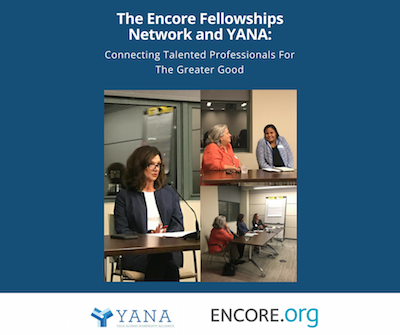Entertainment » Theatre
Pushkin
by Wickham Boyle
EDGE Media Network Contributor
Friday Aug 10, 2018
Pushkin
Summer offerings abound and one worthy of a well air-conditioned two hours is the downtown theater company the american vicarious’ world premiere of Jonathan Leaf’s “Pushkin” at the Sheen Center.
“Pushkin” is a verse play that pays homage to Russia’s first superstar author, the poet/Playwright/novelist Alexander Pushkin, the author of “Eugene Onegin” and “Boris Godunov,” the basis for Mussorgsky’s opera. Leaf is a former New York City schoolteacher and journalist who obviously can do deep dive research and cover a subject carefully. He transformed the final years of Pushkin’s life, taking historical fodder and crafting it into a verse play.
Pushkin, who was famously biracial, was exiled by Alexander I and censored by Tsar Nicholas I, even though the ruler was enamored of his verse. The final years of this artist’s life were rife with rumor of his wife’s infidelity with the Tsar, the birth of children, mounting familial expenses, a chronic gambling addiction and the desire to write what he felt politically without losing his life and thus being banished from his children and his wife’s sister, with whom he had a tortured affair.
The play focuses on the tension between his exceptional talent and his flawed society and self. Pushkin struggled to abolish serfdom and yet utilized serfs in his household. He wanted to be a lauded artist and yet had to be censored and strangled by the Tsar whose pronouncements in the first person plural resonate with Trumpian speech – as in, “we are not amused.”
The work is well directed by Christopher McElroen, who is also the artistic director of the american vicarious. The design of the work is amazing. Troy Horie, who self identifies as a scenographer and installation artist, created a simple square set with the audience seated on both sides. There is a red carpet on the floor and at the opening, and an enormous, white square surrounds a sleeping Pushkin, played by the very excellent Ian Lassiter. The square, the frame, then lifts and reveals what we learn are the illuminated drawings Pushkin doodled of gallows. At the play’s culmination, when Pushkin is killed in a duel, more glorious drawings, lit from within are revealed. This moment lasts for far too short a time, as it is visually stunning. And frankly, even though the work is interesting, at two hours it is too long.
Of the actors, Pushkin’s wife Natalya, played with simpering flirtatiousness by Jenny Leona, and her cheating sister Alexandra, played by Lexi Lapp, are excellent. Kyle Cameron as Gogol seems to goad Pushkin into his gambling perhaps as he is a bit jealous of his friend’s prodigious talents. Gene Gillette is perfect as the weak, petulant Tsar.
However, I was diverted by the seemingly never-ending scene changes and prop placements. Tables, carafes, playing cards, dueling pistols, all seemed to be constantly changing positions, and, yes, carefully carried by well costumed serfs thanks to designer Elivia Bovenzi. The scene changes were musically interesting; yet alas, no music was credited in the program. It did provide an interesting interstitial to what could have been unbearable.
If the scene changes were minimized, the play would slim down to a better length. As we have learned from another play that ends badly with a duel and features a man who is enthralled with three sisters, “Hamilton,” much can be done to denote place change without enlisting props and constant scene changing as the audience watches. It maybe unfair to compare “Pushkin” to the rightly exalted “Hamilton,” but recently “Carmen” as CSC Rep created a panoply of place and time with a few ammunition boxes. I feel strongly that this work was diminished by a busy-ness that detracted from the strong story, lilting verse and a cast of well-credited, talented actors.
“Pushkin” runs through August 25 at The Sheen Center for Thought & Culture, 18 Bleecker Street, New York, NY. For more information, visit the Sheen Center website.

